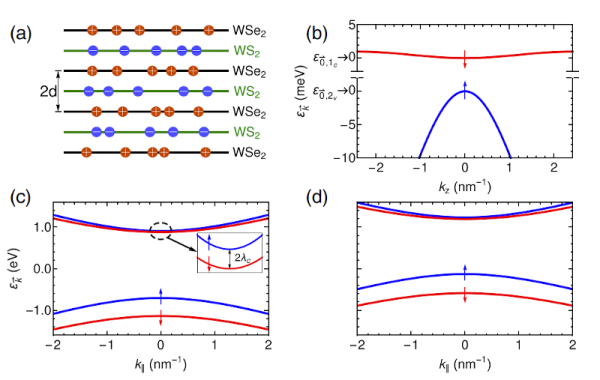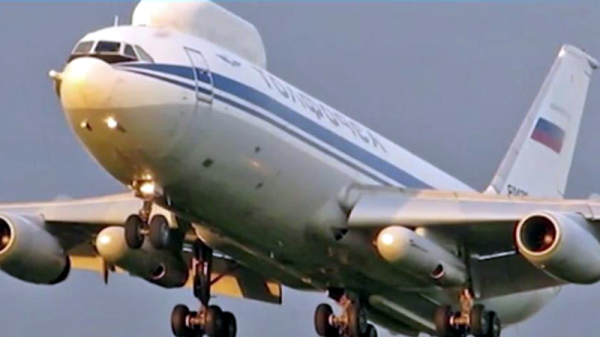The big story this week is Solarwinds. This IT management company supplies network monitoring and other security equipment, and it seems that malicious code was included in a product update as early as last spring. Their equipment is present in a multitude of high-profile networks, like Fireeye, many branches of the US government, and pretty much any other large company you can think of. To say that this supply chain attack is a big deal is an understatement. The blame has initially been placed on APT42, AKA, the Russian hacking pros.
The attack hasn’t been without some positive effects, as Fireeye has released some of their internal tooling as open source as a result. Microsoft has led the official response to the attack, managing to win control of the C&C domain in court, and black-holing it.
The last wrinkle to this story is the interesting timing of the sale of some Solarwinds stock by a pair of investment firms. If those firms were aware of the breech, and sold their shares before the news was made public, this would be a classic case of illegal insider trading. Continue reading “This Week In Security: SolarWinds And FireEye, WordPress DDoS, And Enhance!”
















